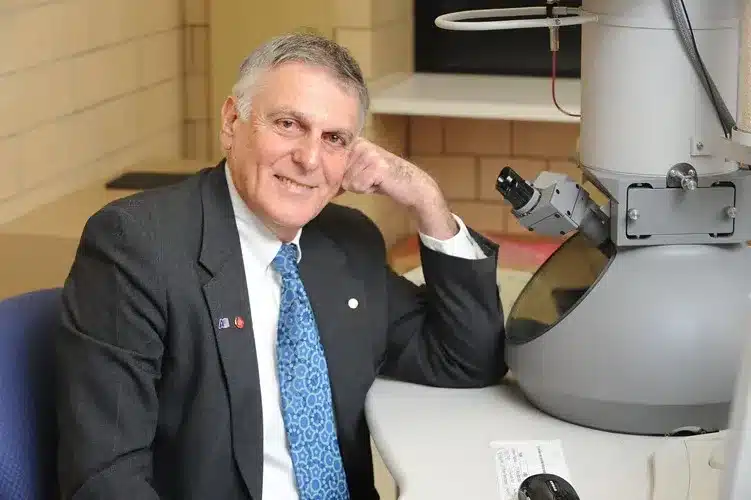Unmasking a Legend: The Story of Dan Shechtman

Dan Shechtman (born 24 January 1941) is an Israeli scientist. He received the 2011 Nobel Prize in chemistry for his discovery of quasicrystals.
Life and Career
He was born on 24 January 1941, in Tel Aviv, Israel. His early education laid the foundation for his later achievements in the field of science. He attended the Technion–Israel Institute of Technology, where he pursued his undergraduate and graduate studies in materials engineering. His fascination with the properties of materials and crystal structures became a guiding force in his academic and professional life.
Shechtman earned his Bachelor’s degree in Mechanical Engineering from the Technion in 1966. He continued his education at the Technion, completing his Master’s degree in Materials Engineering in 1968. Subsequently, he earned his Doctorate in Materials Engineering in 1972.
After completing his education, Shechtman worked as an engineer at the Israel Institute of Metals. He then spent time in the United States as a postdoctoral researcher at the National Bureau of Standards (now NIST) from 1972 to 1973.
Shechtman returned to Israel and joined the Technion, where he held various academic positions.
The pivotal moment in Shechtman’s career came in 1982 when he made his groundbreaking discovery of quasicrystals while on sabbatical at the National Institute for Materials Science in Tsukuba, Japan. The discovery challenged the prevailing scientific belief that only crystals with periodic structures could exist, earning him the Nobel Prize in Chemistry in 2011.
Major Works
In their experiments, Shechtman and colleagues mixed aluminum and manganese in a ratio of about six-to-one, heated the mixture, then rapidly cooled it back to solid. Shechtman discovered the solidified alloy had fivefold symmetry using an electron microscope; by rotating it by 72° (360°/5), it replicated the same structure.
He also changed the definition of a crystal. Crystals are now defined by the International Union of Crystallography as a solid with a discrete diffraction diagram instead of a ‘regularly ordered three-dimensional pattern’.
He discovered quasicrystals, which led to the discovery of similar quasicrystals. There’s a lot of structural stability in quantum crystals, but they’re low in thermal and electrical conductivity.
Award and legacy
He won the 2011 Nobel Prize in chemistry. This award recognized his discovery of a new form of matter and its implications for the field of crystallography and solid-state physics.
Dan Shechtman’s legacy is marked by his transformative impact on the understanding of crystallography and the nature of matter. His discovery of quasicrystals challenged long-held beliefs in the scientific community and opened up new avenues for research and technological applications. Some aspects of his legacy include:
Shechtman’s work fundamentally altered the field of crystallography, leading to a reevaluation of the definition of crystals and introducing the concept of quasicrystals with non-repeating patterns.
The unique properties of quasicrystals discovered by Shechtman have found applications in various industries, including materials science and engineering. These applications range from improving the performance of metallic alloys to the development of new materials with desirable properties.
Shechtman’s perseverance and willingness to challenge conventional wisdom serve as an inspiration for future generations of scientists. His story encourages researchers to think outside the box and pursue unconventional ideas that may lead to groundbreaking discoveries.
As an academic and educator, Shechtman contributed to the training and mentorship of students in the field of materials science. His teachings and guidance have influenced the next generation of scientists and engineers.
Shechtman’s work has had a global impact, fostering international collaboration in the scientific community. The recognition of his achievements with prestigious awards has helped raise awareness of the importance of materials science and its potential applications.
Observer Voice is the one stop site for National, International news, Sports, Editor’s Choice, Art/culture contents, Quotes and much more. We also cover historical contents. Historical contents includes World History, Indian History, and what happened today. The website also covers Entertainment across the India and World.
Follow Us on Twitter, Instagram, Facebook, & LinkedIn

